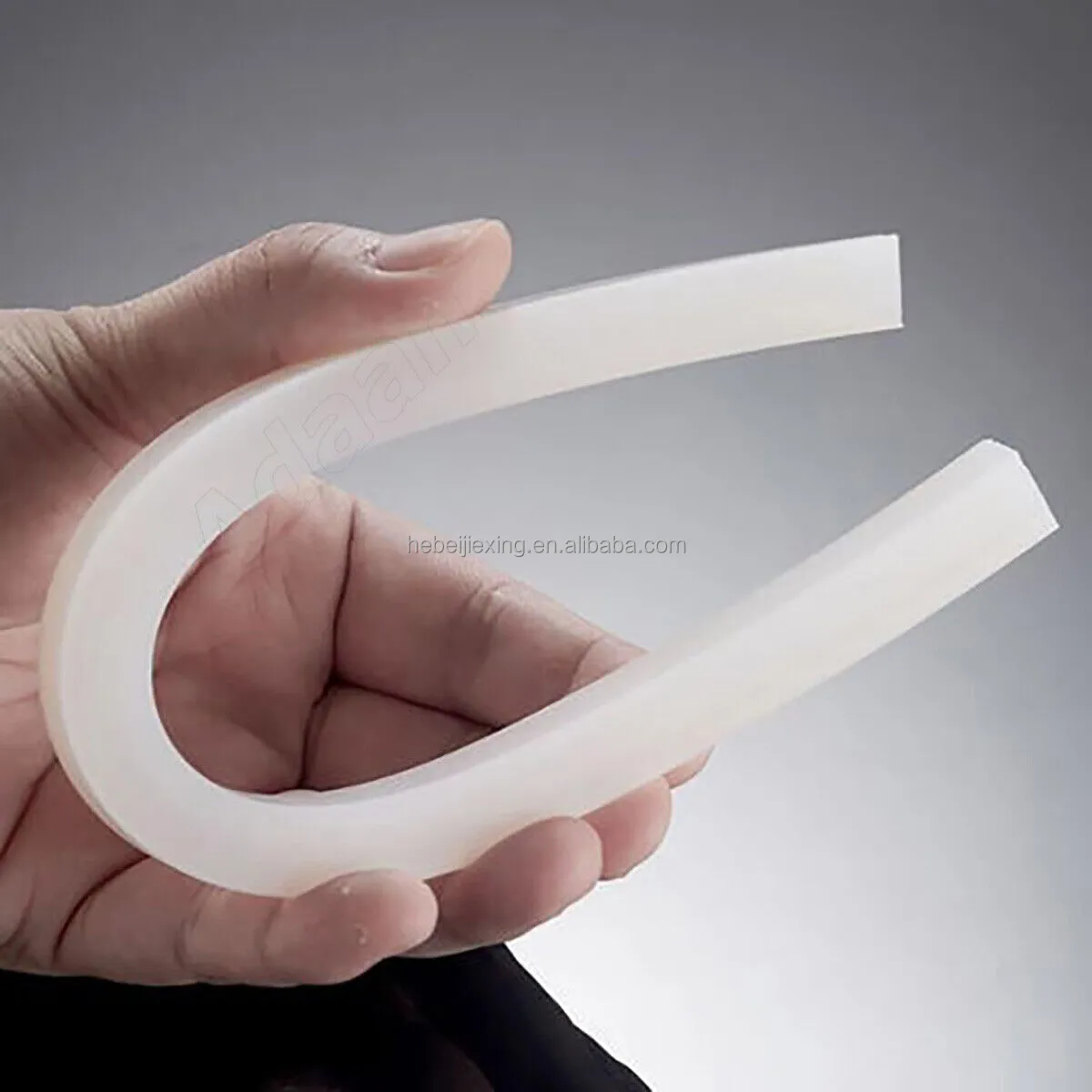Durable Rubber Seals for Automotive and Marine Weather Protection Applications
The Importance of Auto and Marine Rubber Weather Seals
The automotive and marine industries rely heavily on sealing systems to ensure functionality, safety, and durability. Among these sealing solutions, rubber weather seals play a crucial role in enhancing the performance of vehicles and marine vessels. These seals are designed to protect against environmental elements such as rain, wind, dust, and extreme temperatures, ensuring that both automobiles and boats maintain their integrity and comfort over their operational lifespan.
Understanding Weather Seals
Weather seals are intricate components made from high-quality rubber compounds. They are strategically placed in various parts of vehicles and boats, including doors, windows, hatches, and engine compartments. The primary function of these seals is to prevent water, air, and debris from entering. This is particularly vital in automotive applications where moisture ingress can lead to rust and electrical failures, and in marine applications where water penetration can compromise structural integrity and safety.
Types of Rubber Weather Seals
Rubber weather seals come in various types, each tailored for specific applications. In the automotive sector, you will often find seals made from EPDM (ethylene propylene diene monomer) rubber, known for its excellent weather resistance and durability. These seals can withstand extreme temperatures, UV exposure, and ozone degradation, making them ideal for use in cars which are exposed to different climate conditions.
In contrast, marine applications might employ neoprene or silicone rubber seals, which offer superior resistance to saltwater and harsh marine environments
. These materials ensure that boats remain watertight, protecting sensitive internal components and enhancing the longevity of the vessel.Benefits of Using High-Quality Weather Seals
auto and marine rubber weather seal

Investing in high-quality weather seals offers numerous advantages. Firstly, they significantly improve the comfort of the vehicle or vessel by reducing noise levels and preventing drafts. This is particularly important in high-performance vehicles and luxury yachts where occupant comfort is paramount.
Secondly, weather seals can lead to energy savings. By ensuring that the vehicle or boat is properly sealed, there is less reliance on heating and air conditioning systems. This not only reduces fuel consumption but also minimizes the carbon footprint of the vehicle or vessel.
Moreover, effective weather sealing contributes to enhanced safety. In automotive applications, a secure seal helps to protect critical interior components from damage due to moisture and dust, thus prolonging their functionality. In marine applications, good sealing can prevent accidents caused by water ingress, safeguarding both the vessel and its occupants.
Maintenance and Replacement
Like any component, weather seals can deteriorate over time due to wear and exposure to environmental factors. Regular inspection is critical; signs of wear may include visible cracks, brittleness, or loss of flexibility. Timely replacement of worn seals can prevent more significant issues, such as water leaks and costly repairs.
Homeowners and marine operators should ensure they use OEM (Original Equipment Manufacturer) seals to guarantee compatibility and performance. While aftermarket options may be more affordable, they often lack the durability and fit of OEM products, leading to potential long-term issues.
Conclusion
In conclusion, auto and marine rubber weather seals are vital components that enhance the performance, safety, and comfort of vehicles and boats. By investing in high-quality sealing solutions and adhering to regular maintenance schedules, operators can ensure their vehicles remain in optimal condition, minimizing repair costs and maximizing lifespan. Whether navigating through city streets or cruising across open waters, robust weather seals are essential for a seamless and enjoyable experience.
-
Under Door Draught Stopper: Essential ProtectionNewsJul.31,2025
-
Garage Door Seal and Weatherstrips for ProtectionNewsJul.31,2025
-
Edge Banding Tape for Perfect EdgesNewsJul.31,2025
-
Table Corner Guards and Wall Corner ProtectorsNewsJul.31,2025
-
Stair Nose Edging Trim and Tile Stair SolutionsNewsJul.31,2025
-
Truck Bed Rubber Mats for Pickup BedsNewsJul.31,2025
-
Window Weather Stripping for Noise ReductionNewsJul.29,2025